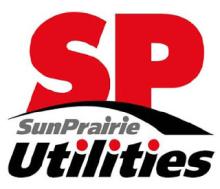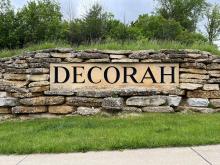
Welcome back to Sun Prairie, Wisconsin. This town has brought to light the shocking stories of slack service from incumbent providers, the complicated decisions of community representatives, and the hopeful beginning of a fiber-to-the-home (FTTH) network.
The City Council has just approved $16,000 to hire an engineering consultant for the estimated $27-35 million citywide plan.
In the Pilot Project, So Much Demand!
In July 2015, City Council approved the $624,000 plan for the pilot project, but several factors brought the actual cost up to about $653,000. The pilot project area included the neighborhood Smith's Crossing, the Main Street Corridor, and the TIF District 9 area.
Sun Prairie Utilities first slated the project for completion in early December, but that underwent several delays. For instance, an over-booked contractor started on the project a month later than expected. Meanwhile, rocky soil conditions and high-demand slowed the pace of construction while raising costs. The Sun Prairie Utilities Manager Rick Wicklund will present the final costs for the pilot project this month.
The original budget had assumed a 30 percent take-rate that would see a positive cash flow in three years. In actuality, 54 percent of households in the pilot project area are requesting the services.
Forty-three percent have requested the 100 Megabits per second (Mbps) for $49.98 each month while 11 percent want the higher-speed service of 250 Mbps for $69.98 each month. The capital expenditure of these unexpected last mile connections brought the cost up, but the extra revenue from these connections will certainly help offset those costs.
Pilot Project Teaches Lessons
In building the pilot project, the city council sought to learn if a municipal citywide FTTH network would be possible. With the overwhelming demand for Internet service in the pilot project area, a citywide network may be in the cards for this community of 29,000.
The recently hired consultant will help determine the feasibility, while the city utility department will apply lessons from the pilot project. The city utility will continue to capitalize on their successes of the pilot project. Their outreach strategy worked very well, ensuring the high take rate, as Wicklund explained:
“We did a really good job of marketing and contacting everyone, having neighborhood meeting and getting everyone excited about it, that has a lot to do with the high take rate.”







